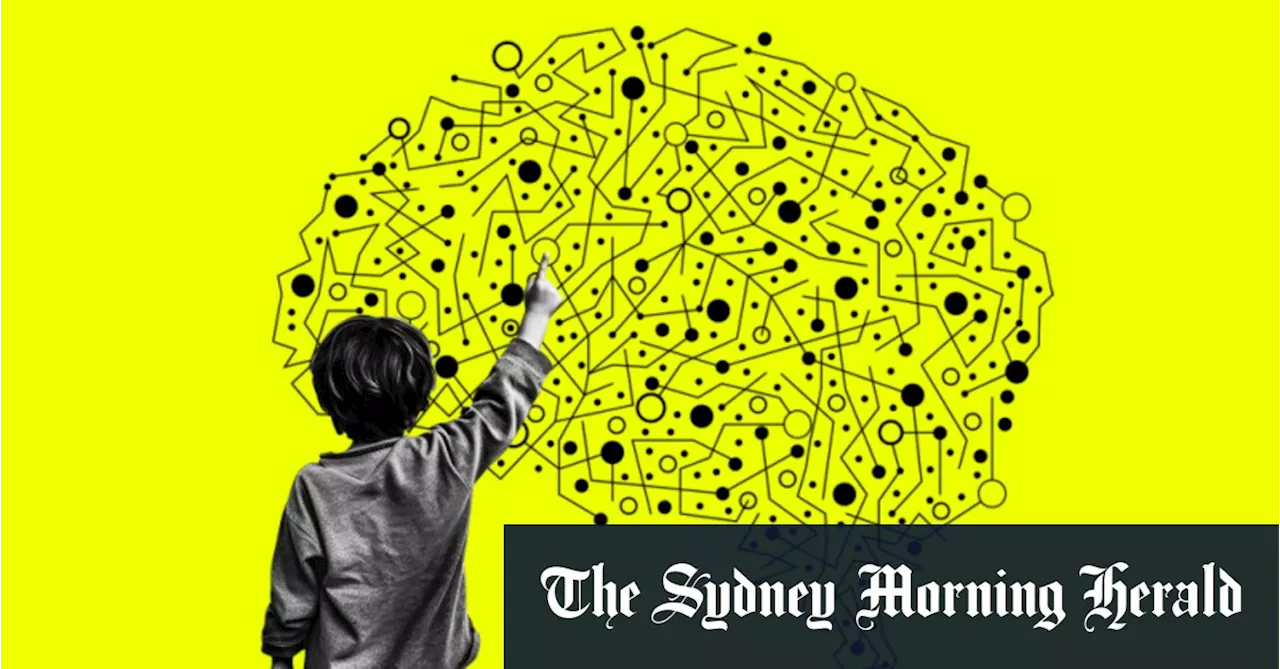Autism has changed. And it has reshaped Australia in the process. Now we are grappling with what that means.
Add articles to your saved list and come back to them any time.In the late 1980s, when Professor Cheryl Dissanayake started researching autism, she estimated in her doctoral thesis that three or four babies out of 100,000 would be diagnosed with the condition.That thousand-fold increase isn’t because anything has changed in us, biologically. But our understanding of autism has changed.
It’s a new condition in the scheme of things. The first paper to describe autism was written by Boston child psychiatrist Leo Kanner in 1943. He observed 11 children who were solitary, needed routine and had some language difficulty. This included the first person diagnosed with autism, Donald Triplett,. Austrian physician Hans Asperger was undertaking similar work at the same time.
But it’s not just children, any more. One of the fastest-growing categories of participant on the National Disability Insurance Scheme is now autistic adults. “Twenty years ago, adult diagnoses were extremely rare. Whereas in our contemporary world, adult diagnoses are almost as frequent as child diagnoses,” Whitehouse says.
Heyworth, for example, needs to see a person’s face in order to engage with them. “I would not be able to have this conversation with you effectively over the phone,” she says. Some autistic people struggle to understand sarcasm or small talk, or find spoken language takes longer to process altogether. For that reason, they might find public speaking easier than casual conversation because it doesn’t require them to digest what they’re hearing at the same time as they’re trying to talk.
“We’re not focused on making the child less autistic. What we want to do is improve their cognition. If they don’t develop an ability to communicate, it lessens their ability to learn, and they end up with a learning disability.” Her paper, which is not peer-reviewed, quoted international studies that showed autism prevalence rates of one in 36 children in the United States, one in 50 in Canada, and one in 57 in the United Kingdom. In Australia, it was up to one in 25.
“But as we know with autism, there’s not a simple biological diagnosis, as there is in Down syndrome. There is an observation of behaviour and then a judgment by clinicians. And so the use of autism as one of those automatic entry criteria, unfortunately, was perhaps not the best move.”
Australia Latest News, Australia Headlines
Similar News:You can also read news stories similar to this one that we have collected from other news sources.
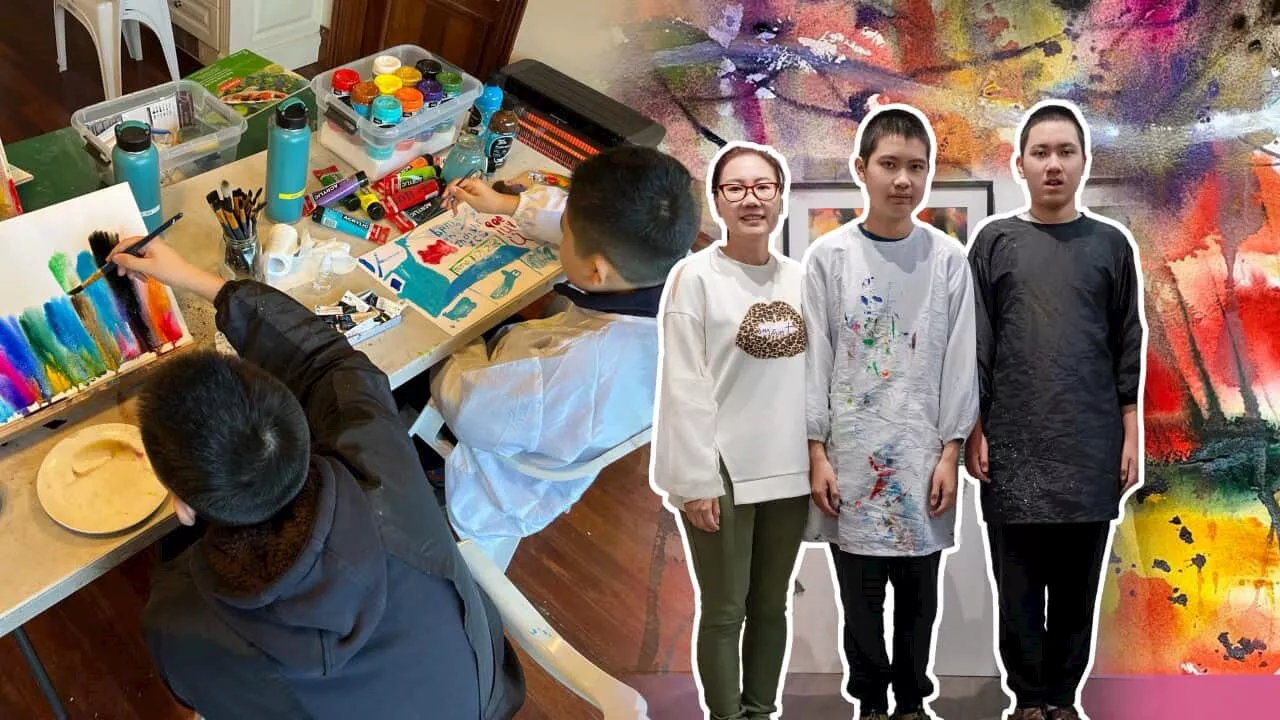 【我们的故事】墨尔本华人母亲的难题:自闭症孩子毕业后如何就业?今年4月2日是第17个世界提高自闭症意识日(World Autism Awareness Day)。 自闭症研究学者表示,自闭症群体在求职时往往面临着多重障碍。
【我们的故事】墨尔本华人母亲的难题:自闭症孩子毕业后如何就业?今年4月2日是第17个世界提高自闭症意识日(World Autism Awareness Day)。 自闭症研究学者表示,自闭症群体在求职时往往面临着多重障碍。
Read more »
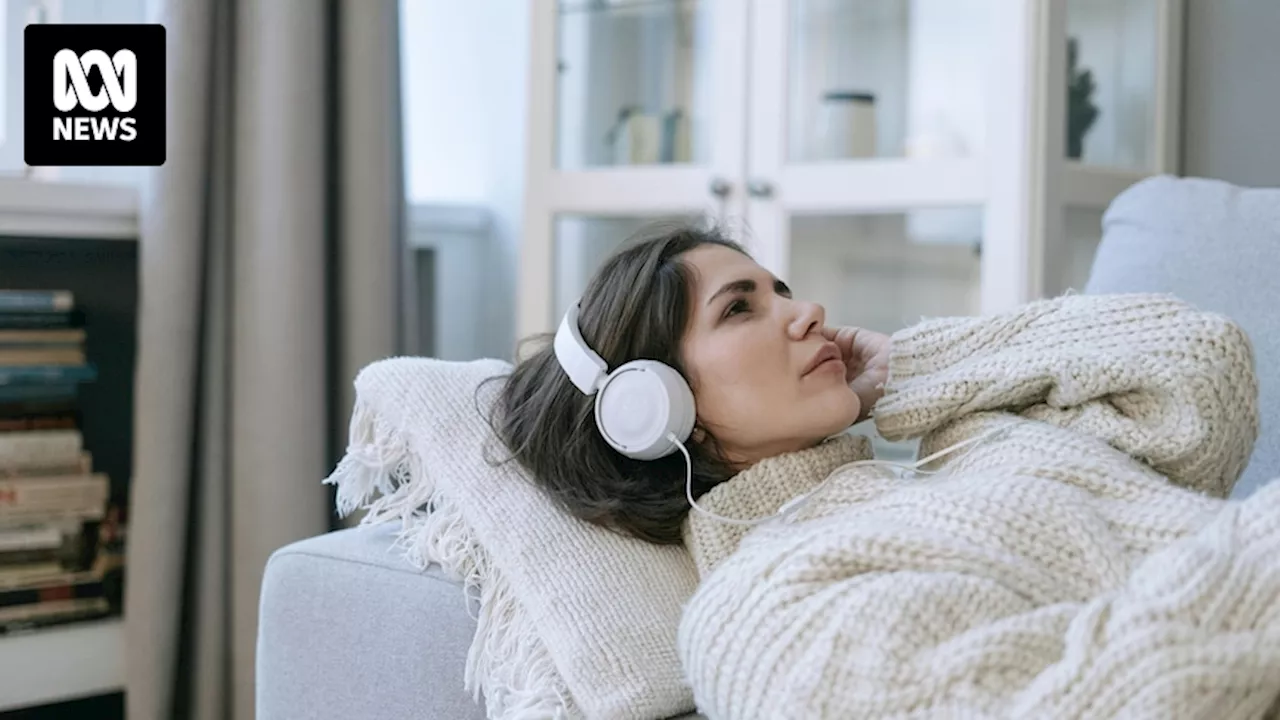 What’s the difference between autism and Asperger’s disorder?Climate activist Greta Thunberg describes herself as having Asperger's while others on the autism spectrum, such as comedian Hannah Gatsby, describe themselves as 'autistic'. But what's the difference?
What’s the difference between autism and Asperger’s disorder?Climate activist Greta Thunberg describes herself as having Asperger's while others on the autism spectrum, such as comedian Hannah Gatsby, describe themselves as 'autistic'. But what's the difference?
Read more »
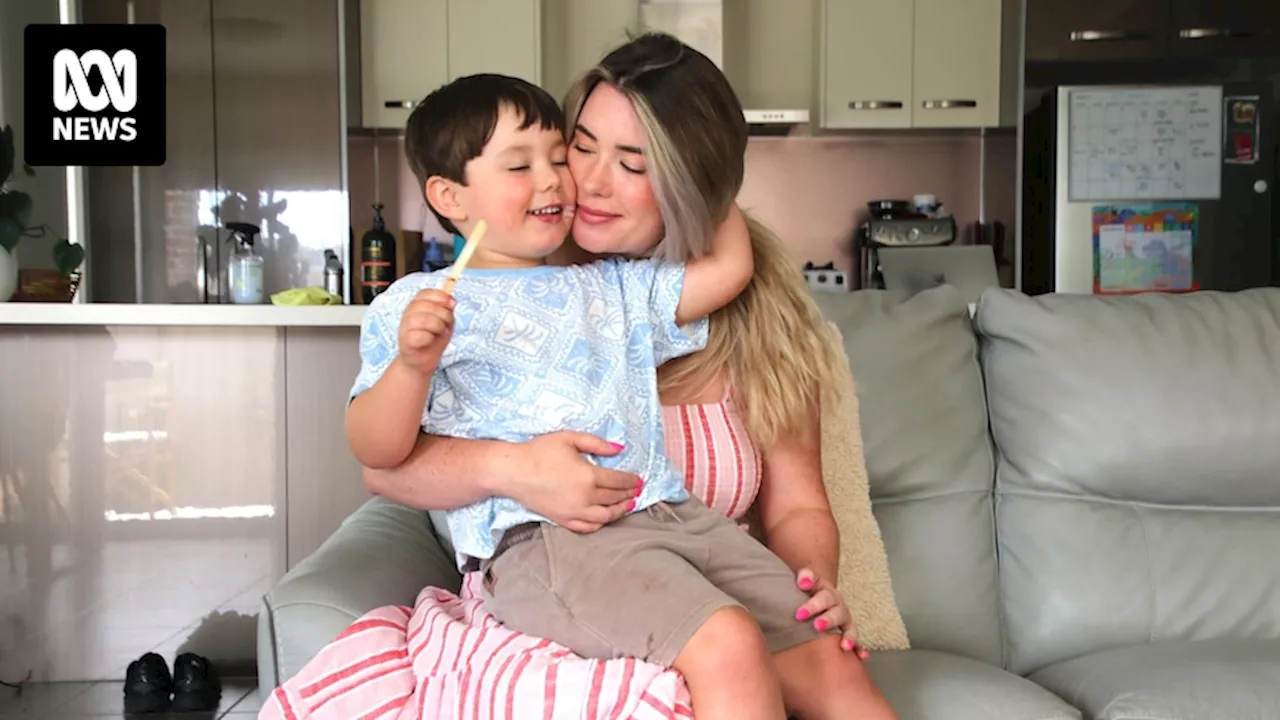 Malangenna Children's Centre Devonport cuts autism specific 'Bee Me' program due to low enrolmentsRicardo's mum says the specialised autism program he was enrolled in was 'some of the only interaction he got with other children'. Now, with that program closed down, she and other parents are at a loss as to what to do.
Malangenna Children's Centre Devonport cuts autism specific 'Bee Me' program due to low enrolmentsRicardo's mum says the specialised autism program he was enrolled in was 'some of the only interaction he got with other children'. Now, with that program closed down, she and other parents are at a loss as to what to do.
Read more »
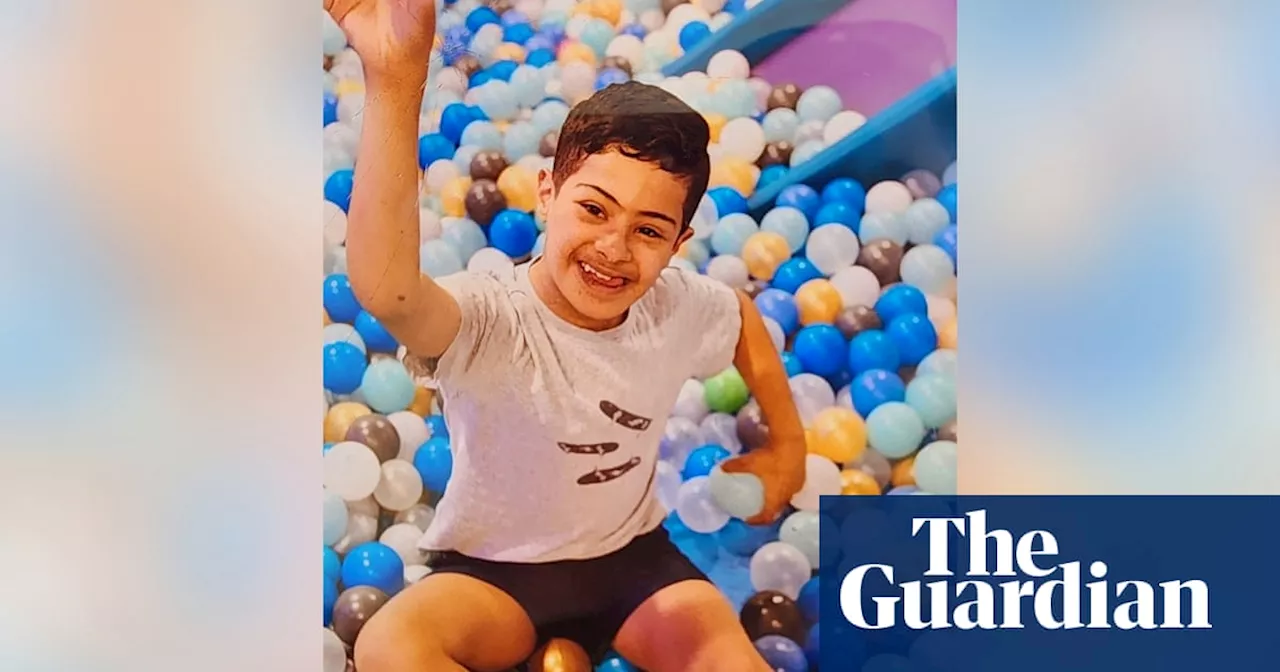 Search for missing 12-year-old boy with autism in Sydney reaches critical pointNSW police hold ‘very serious concerns’ for Hussein Al Mansoory, who went missing from his home in Auburn on Saturday morning
Search for missing 12-year-old boy with autism in Sydney reaches critical pointNSW police hold ‘very serious concerns’ for Hussein Al Mansoory, who went missing from his home in Auburn on Saturday morning
Read more »
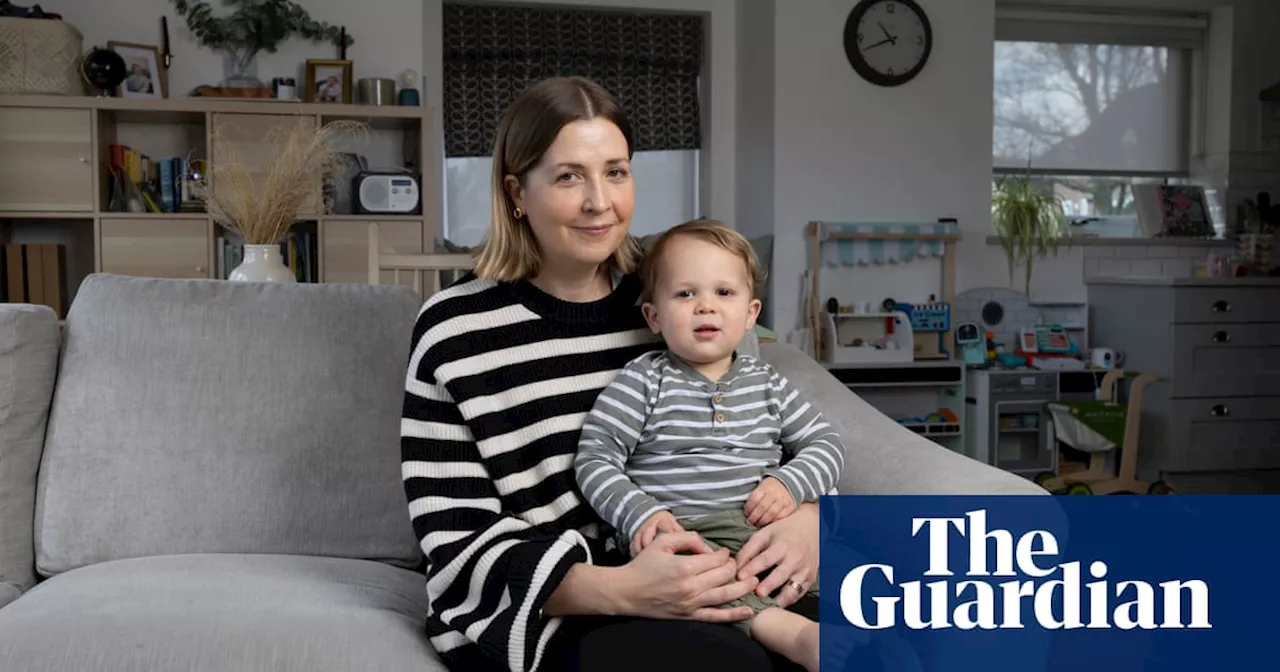 A new understanding: how research into autism is evolvingWith an emphasis on working with autistic people to design interventions, pathways are opening up through social communication therapy and drug trials
A new understanding: how research into autism is evolvingWith an emphasis on working with autistic people to design interventions, pathways are opening up through social communication therapy and drug trials
Read more »
